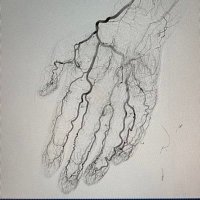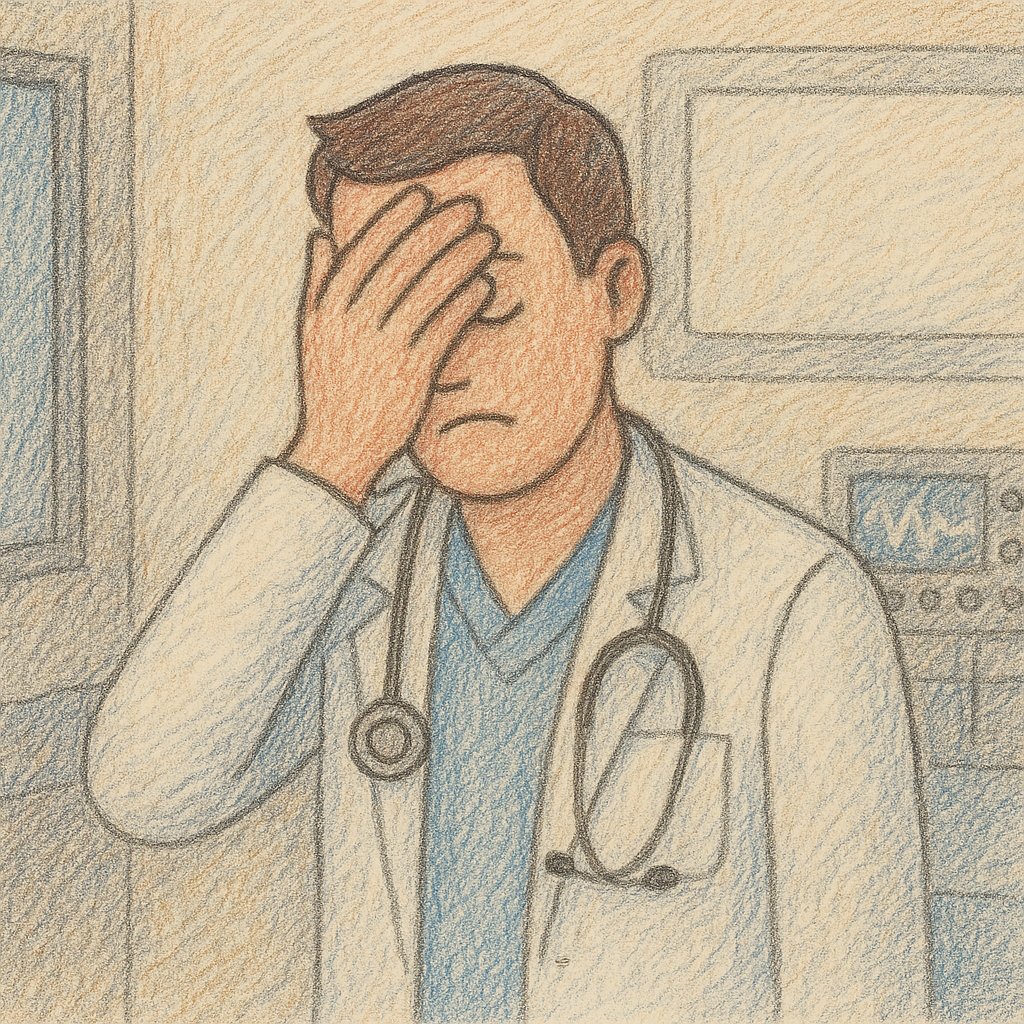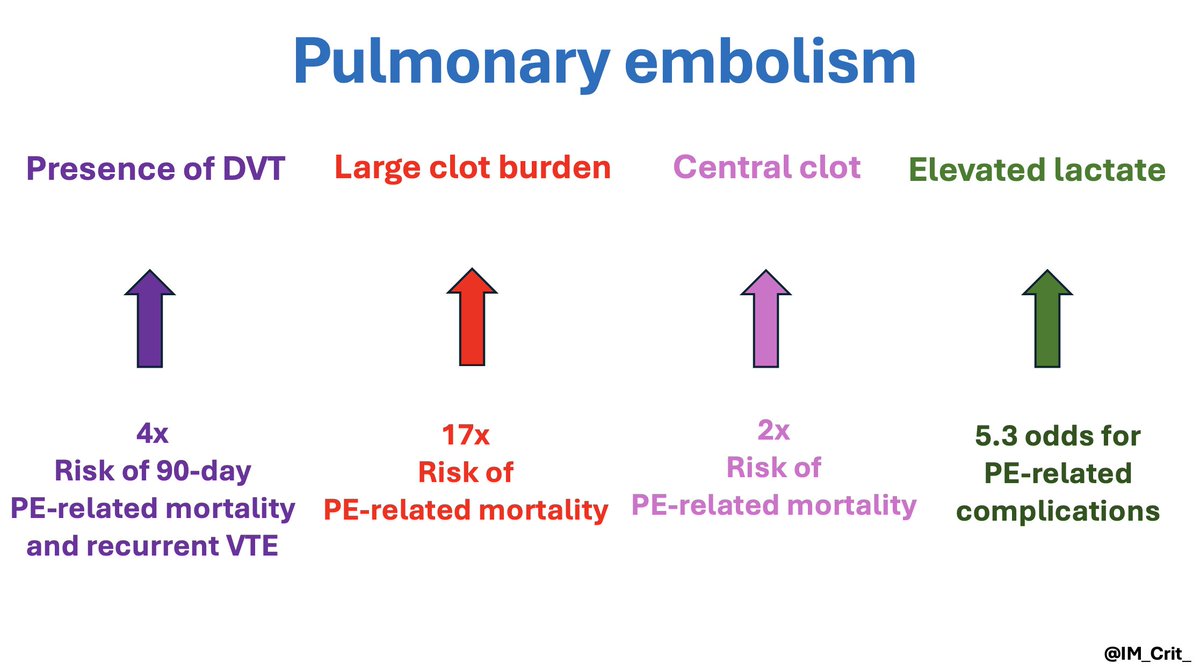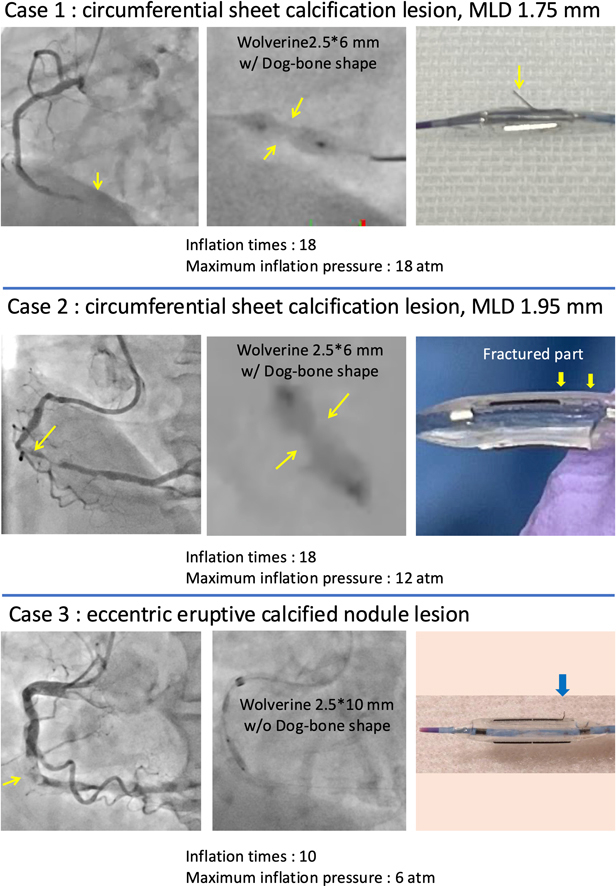
Timm Matthiesen 📯
@matthiesentimm
Interventional Cardiology, Hamburg Germany. T=own opinion, RT≠endorsement
ID: 960476594748952576
05-02-2018 11:33:59
4,4K Tweet
911 Followers
1,1K Following








Early morning wake up - guess the culprit with jedicath աǟզǟʀ.ǟɦʍɛɖ ! How would you manage this? Will share what I did.. #cardiotwitter









How severe is the AR? What echo criteria are we going to use in such cases? Why is the CWD through LVOT showing “bidirectional” AR signal? Chittur Sivaram Ritu Thamman MD



A true nightmare in the cath lab: 50M with inferior STEMI, normal coronaries, then collapsed. Aortogram clip speaks for itself. The saying goes, 'If you haven’t faced it in the cath lab, you haven’t seen enough cases.' Yoni Grossman PCRonline 🫀 mandeep singh







